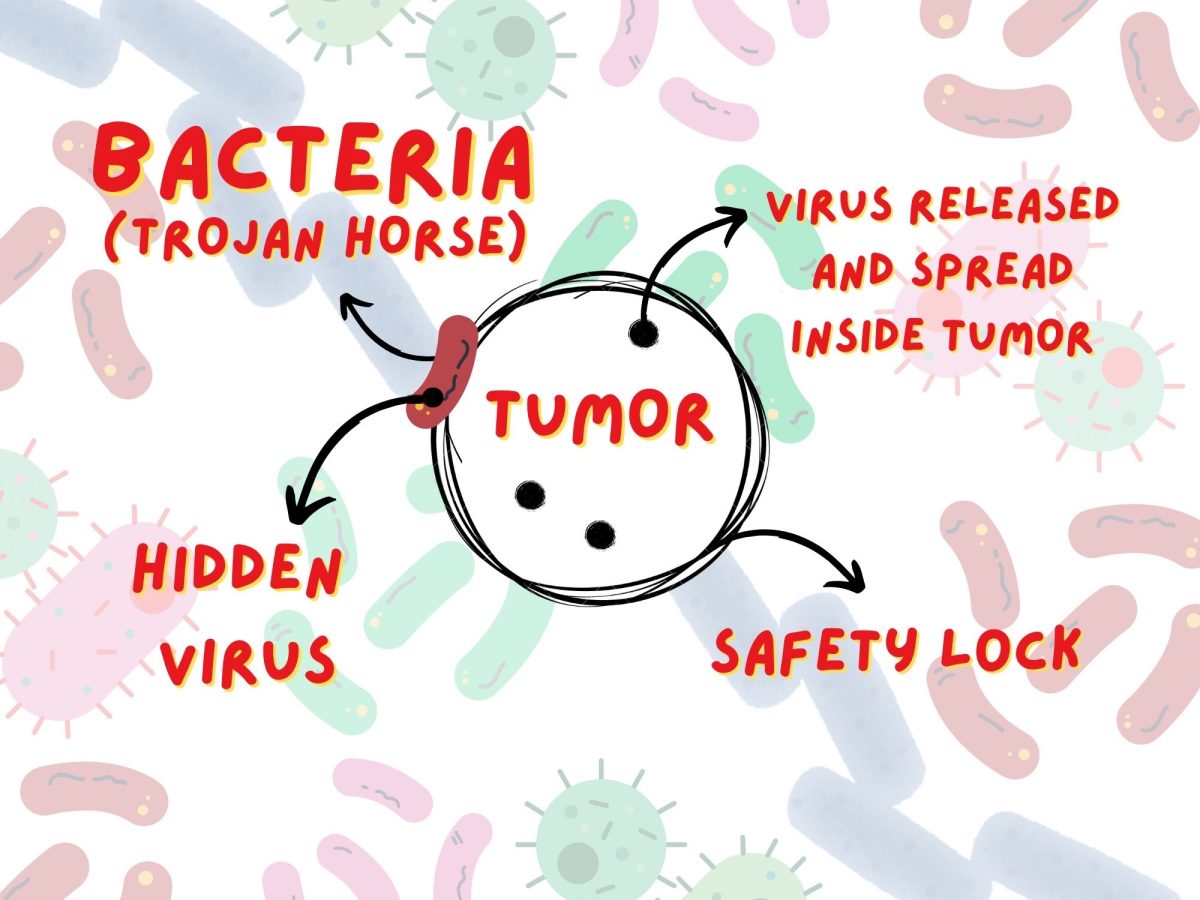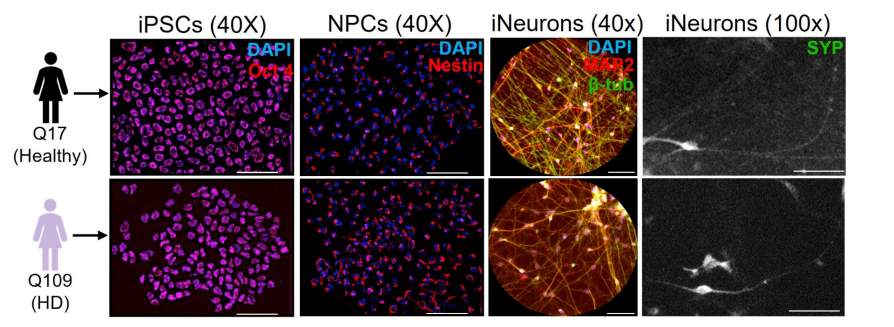Columbia University researchers have developed a novel cancer therapy that employs microorganisms to transfer viruses straight into tumors. This approach, which was recently tried on mice, combines the special abilities of both bacteria and viruses; the viruses damage cells and the bacteria to seek out tumors. This new strategy, called Coordinated Activity of Prokaryotes and Picornavirus for Safe Intracellular Delivery, has the potential to revolutionize cancer treatment by enhancing safety and accuracy.
The immune system is the primary barrier to viruses that kill cancer. When such a virus enters the body, it usually gets eliminated before it can infect the tumor. Researchers employed a genetically modified strain of Salmonella typhimurium as a vehicle to get around this. S. typhimurium naturally moves toward areas with low oxygen levels, such as tumors. The virus that is concealed within the bacteria is released once inside, enabling it to start infecting and killing cancer cells from the inside out.
Scientists created a safety measure to make sure the virus doesn’t spread outside of the tumor: the virus’s capacity to proliferate is dependent on a certain protease enzyme that is only generated by the modified bacteria. The chance of damaging healthy cells is greatly decreased if the virus finds its way into healthy tissue, where it remains dormant. This control layer decreases off-target effects and increases treatment predictability.
In testing, the CAPSID technology effectively decreased tumor growth in mice experiments without causing immunological reaction or widespread infection. The study confirmed that the bacterial carrier successfully concealed the virus throughout transit since the viral genome was protected from antibodies until it was released inside the tumor.
Despite the therapy’s positive outcomes in animal models, there are still issues. Additional safety testing will be necessary before the device is scaled for human usage, particularly to see how the body responds to repeated dosages. Further study is being done to ensure long-term viral control and tailor the strategy for various tumor types. Nevertheless, this combination of bacteria and virus presents a promising new avenue for the fight against cancer.








